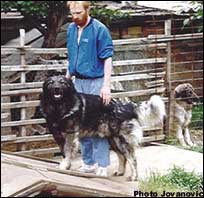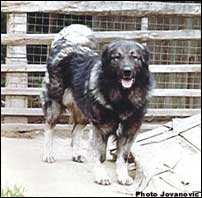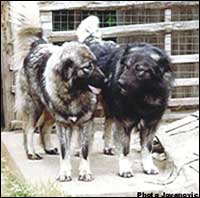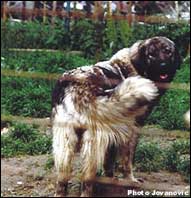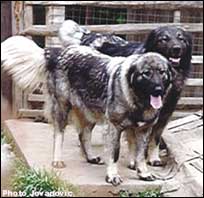Belgrade is a city about 2000 years old, however, since in the course of its history it has always been the target of various conquerors, and has burned and been bombarded a number of times, it does not contain dwellings much older than 200 years or so. Its destiny was not the result of its being beautiful and white, as the name Belgrade («White City») suggests, but because of its strategically important location. Belgrade was founded by Celts under the name of Singidun. As it fell in Roman hands it became Singidunum, to finally be occupied for 250 years by Turks. Only its inhabitants maintained their Slavic identity over the centuries until the present time.
When we visit Belgrade, we are always drawn to stroll down its streets, walk in its parks, visit art exhibits and museums, and eat in its restaurants. The enclosed photographs illustrate marvelous location of this city at the junction of two large rivers, Danube and Save.
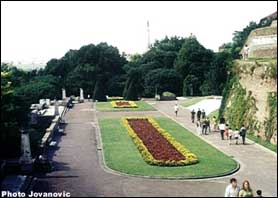
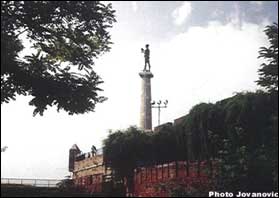
Exactly at the point where smaller Save joins the might Danube, the Turks raised on the foundation of roman fortress the fort Kalemegdan. Within its walls resides a magnificent park, a beautiful small Orthodox Church, a number of monuments, and tennis courts. One can see on the photos the statue of the Conqueror, conceived by the world renowed sculptor Mestrovic. From Kalemegdan opens a magnificent vista on two rivers and the town New Belgrade.
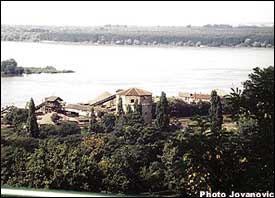
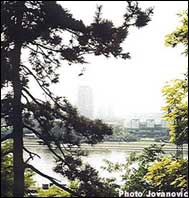
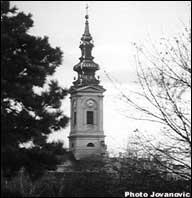
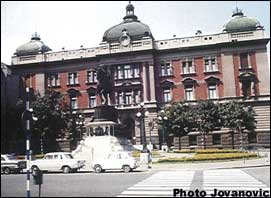
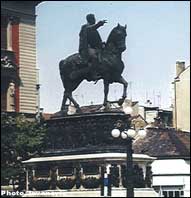
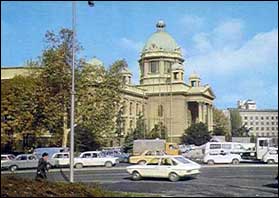
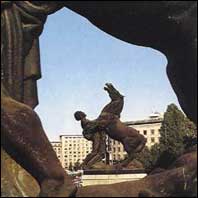
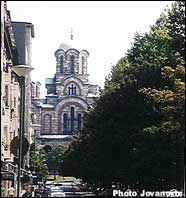
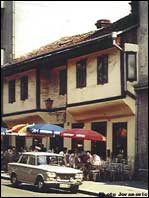
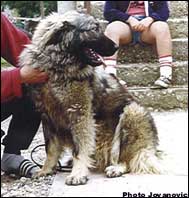
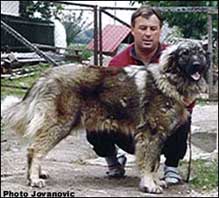
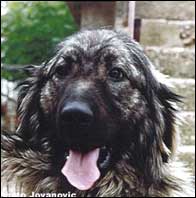
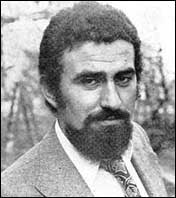
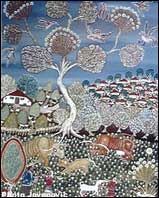
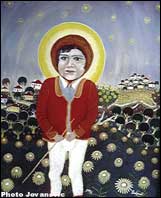
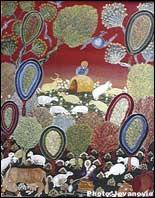
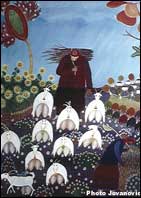
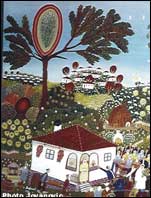
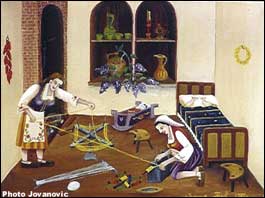
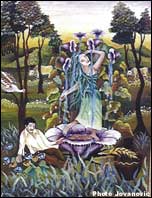
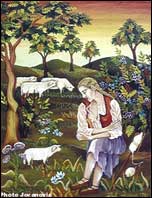
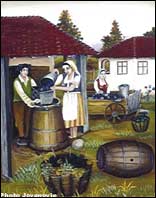
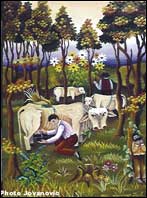
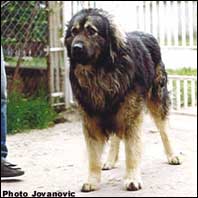
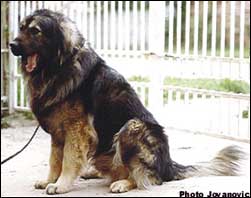
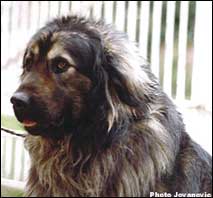
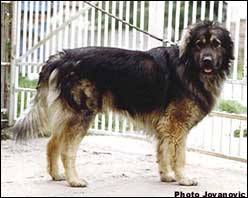
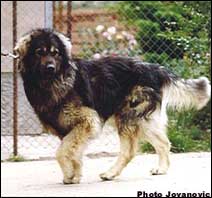 We
liked the dog because of his head, his very strong skeleton, and particularly
because of his strong paws, his maneuverability, and his character. Bjelica
emphasized that his dog is pretty aggressive and he would not allow a foreigner
to approach him. Stanoje asked for a piece of bread and to let Dingo-Ben
loose. Bjelica let the dog loose and he peacefully approached and took offered
bread. I believe that Bjelica never forgave Stanoje his request, since Yugoslav
breeders love to show aggressive dogs. We said good byes to the friendly
Bjelica family and returned to Belgrade.
We
liked the dog because of his head, his very strong skeleton, and particularly
because of his strong paws, his maneuverability, and his character. Bjelica
emphasized that his dog is pretty aggressive and he would not allow a foreigner
to approach him. Stanoje asked for a piece of bread and to let Dingo-Ben
loose. Bjelica let the dog loose and he peacefully approached and took offered
bread. I believe that Bjelica never forgave Stanoje his request, since Yugoslav
breeders love to show aggressive dogs. We said good byes to the friendly
Bjelica family and returned to Belgrade. 